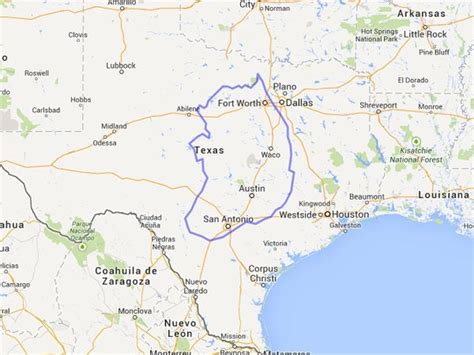South Korea: Size Comparisons Made Easy (Texas)
South Korea, a vibrant nation known for its technological prowess, K-pop, and delicious cuisine, often sparks curiosity about its geographical size. Many find it helpful to compare it to a familiar landmark, and for many Americans, that landmark is Texas. So, how does South Korea stack up against the Lone Star State? Let's delve into some illuminating size comparisons.
How Big is South Korea Compared to Texas?
The simplest answer is: South Korea is significantly smaller than Texas. Texas boasts a massive land area, dwarfing its Korean counterpart. While precise figures vary slightly depending on the source and methodology (including territorial waters), Texas is approximately 268,596 square miles, while South Korea is around 38,502 square miles. This means Texas is roughly seven times larger than South Korea. Imagine fitting seven South Koreas inside the borders of Texas – there would still be plenty of space left over!
Visualizing the Size Difference
To further grasp the scale, consider this: If you laid South Korea over Texas, it would only occupy a relatively small portion of the state. It wouldn't even cover a single major Texas city entirely. This stark difference highlights the vastness of Texas and the comparatively compact nature of South Korea.
Other Size Comparisons: Putting it in Perspective
While the Texas comparison is helpful, let's broaden the perspective with some additional size comparisons:
- Maine: South Korea is slightly larger than the state of Maine.
- Indiana: South Korea is smaller than Indiana.
- Portugal: South Korea is approximately the same size as Portugal.
These comparisons paint a more complete picture of South Korea's geographical footprint, providing alternative points of reference for understanding its size relative to other countries and regions.
Frequently Asked Questions (FAQs)
Here are some common questions people ask about the size comparison between South Korea and Texas:
What is the population density of South Korea compared to Texas?
While Texas is much larger, its population density is considerably lower than South Korea's. South Korea's population is densely concentrated, leading to a significantly higher population density per square mile compared to Texas. This contrast highlights how a smaller area can support a vastly larger population due to differing levels of urbanization and population distribution.
Are there any other states in the US similar in size to South Korea?
As mentioned earlier, Maine is a good comparison. Indiana is slightly larger, but offers a reasonable point of reference. Other states around the same size as South Korea include West Virginia and South Carolina, although the shapes and geographical features differ greatly.
Why is comparing South Korea's size to Texas useful?
For American audiences, using Texas as a frame of reference makes the size difference easier to understand intuitively. Since Texas is a well-known and relatively large state, it provides a familiar benchmark for visualizing the scale of South Korea.
What impact does South Korea’s smaller size have?
South Korea's relatively small size has influenced its development in several ways. The high population density has led to a focus on efficient urban planning and resource management. Its limited land area has also encouraged advancements in vertical farming and other space-saving technologies. Additionally, its compact size fosters strong internal connectivity, facilitating economic integration and rapid transportation between different regions.
In conclusion, while vastly different in size, comparing South Korea to Texas offers a useful and easily understandable perspective on its geographical scale. Understanding these size comparisons allows us to appreciate the efficient use of land and the high population density within this dynamic and technologically advanced nation.

